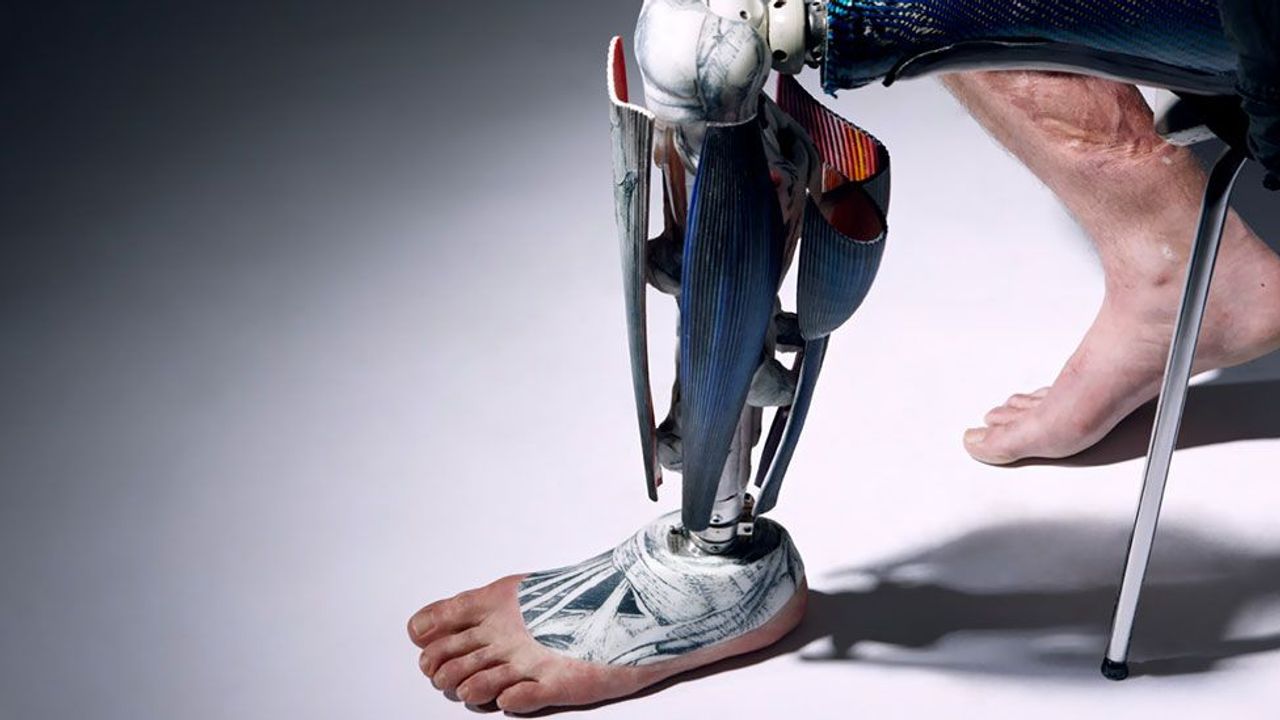In the world of prosthetics, advancements have continuously pushed the boundaries of what is possible. While the primary focus has often been on improving mechanical functionality and aesthetics, a burgeoning area of research and development is sensory feedback—giving prosthetic users a sense of touch and other sensory experiences. This innovation is not merely about restoring functionality but enhancing the user’s quality of life by integrating more natural and intuitive interactions with their environment. The future of prosthetic sensory feedback promises to revolutionize how users experience their prosthetics, fostering a closer connection between the artificial and the natural.
The Importance of Sensory Feedback
For individuals with limb loss, prosthetic limbs have provided a means to regain independence and mobility. However, traditional prosthetics lack the ability to convey sensory information, which is critical for performing everyday tasks with precision and confidence. Sensory feedback allows users to feel textures, temperatures, and forces, providing a more natural experience. This feedback is essential for tasks that require delicate manipulation or for recognizing potentially harmful situations, such as gripping too tightly or touching something hot.
Current Technologies and Approaches
Several technologies and approaches are being explored to integrate sensory feedback into prosthetics. These include tactile sensors, electrical stimulation, and advanced neural interfaces.
- Tactile Sensors: These sensors can be embedded in prosthetic limbs to detect pressure, texture, and temperature. The data from these sensors is then converted into signals that the user can perceive. For example, researchers at the Swiss Federal Institute of Technology in Lausanne (EPFL) have developed a prosthetic hand equipped with tactile sensors that provide real-time sensory feedback. When users grasp an object, the sensors relay information about the object’s texture and firmness, allowing for a more nuanced grip.
- Electrical Stimulation: Another promising approach is using electrical stimulation to convey sensory information directly to the user’s nerves. This method involves implanting electrodes near the residual nerves in the amputated limb. When the prosthetic sensors detect an object, the electrodes stimulate the nerves, creating a sensation that the brain interprets as touch. The Cleveland Clinic has made significant strides in this area, developing a system that allows amputees to feel pressure and distinguish between different textures through electrical stimulation.
- Neural Interfaces: The most advanced approach involves creating a direct interface between the prosthetic device and the user’s nervous system. This method aims to achieve seamless communication between the brain and the prosthetic limb. The Defense Advanced Research Projects Agency (DARPA) has been at the forefront of this research, funding projects that explore brain-machine interfaces. One notable example is the Modular Prosthetic Limb (MPL) developed by Johns Hopkins University Applied Physics Laboratory. The MPL can be controlled by the user’s thoughts and provides sensory feedback by stimulating specific brain regions.
Challenges and Solutions
While the potential of sensory feedback in prosthetics is immense, several challenges need to be addressed to make these technologies widely accessible and practical.
- Biocompatibility: Ensuring that implanted devices and sensors do not cause adverse reactions in the body is crucial. Researchers are exploring biocompatible materials and coatings to minimize the risk of infection and rejection.
- Signal Clarity: Translating sensory data into clear, understandable signals that the brain can interpret is a complex task. Advances in signal processing and machine learning are being leveraged to refine this process, ensuring that the feedback provided is accurate and meaningful.
- Durability and Maintenance: Prosthetic devices need to be durable and require minimal maintenance. Integrating complex sensory systems adds to this challenge. Researchers are working on developing robust, long-lasting components that can withstand daily wear and tear.
- Cost and Accessibility: Advanced prosthetic technologies can be expensive, limiting their accessibility to a broader population. Efforts are being made to reduce costs through innovations in manufacturing and economies of scale, making these life-changing technologies available to more people.
Looking Ahead: The Future of Sensory Feedback in Prosthetics
The future of prosthetic sensory feedback is bright, with ongoing research and technological advancements paving the way for more sophisticated and intuitive prosthetic devices. Here are some trends and potential developments to watch for in the coming years:
- Integration with Artificial Intelligence: Artificial intelligence (AI) will play a significant role in enhancing sensory feedback systems. AI algorithms can process sensory data in real-time, providing more accurate and responsive feedback. This integration will allow prosthetics to adapt to different situations and user preferences dynamically.
- Full Sensory Integration: Future prosthetics may offer a full range of sensory experiences, including proprioception (the sense of body position and movement). Achieving this level of integration will enable users to have a more natural and fluid interaction with their environment, reducing the cognitive load required to operate the prosthetic.
- Wireless Communication: Advancements in wireless technology will facilitate seamless communication between prosthetic devices and the nervous system. This will eliminate the need for cumbersome wires and make the prosthetics more user-friendly and discreet.
- User Customization: Personalized prosthetics with customizable sensory feedback settings will become more common. Users will be able to adjust the sensitivity and type of feedback according to their preferences and specific needs, enhancing their overall experience.
- Collaborative Research and Development: Continued collaboration between researchers, engineers, medical professionals, and users will drive innovation in sensory feedback technologies. User feedback will be invaluable in refining and improving these systems to better meet the needs of amputees.
Conclusion
The quest to integrate sensory feedback into prosthetics represents a significant leap forward in the field of assistive technology. By providing users with a sense of touch and other sensory experiences, these advancements promise to enhance the functionality, comfort, and overall quality of life for individuals with limb loss. As research progresses and new technologies emerge, the line between the biological and the artificial will continue to blur, ushering in a new era of prosthetic devices that feel and function like natural limbs. The future of prosthetic sensory feedback is not just about restoring lost abilities but about empowering users to live more fully and independently.


